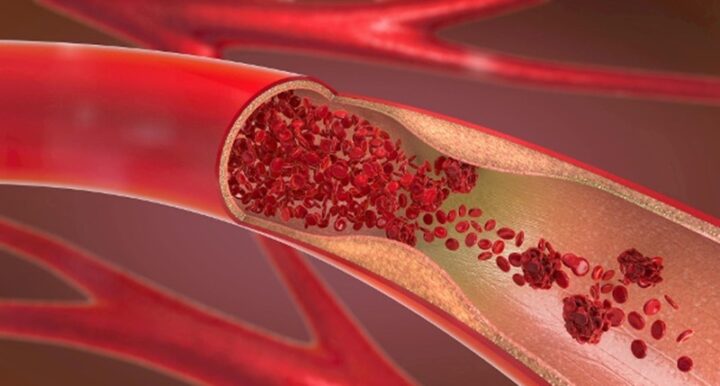
Stroke risk: Where limescale deposits are particularly dangerous
Deposits in the carotid artery often go unnoticed for a long time. However, as soon as clots break loose there, it can become dangerous. Are there any treatment options?
Calcium deposits in the carotid artery are often not noticed for a long time. In the worst case, however, they can lead to a stroke. The German Society for Vascular Surgery and Vascular Medicine (DGG) points this out.
People over the age of 65 with certain risk factors such as high blood pressure, diabetes, heart disease or nicotine consumption should therefore have an annual screening, emphasizes the DGG.
Narrowing often goes unnoticed for a long time
Treacherous: The narrowing, known in technical terms as carotid stenosis, often goes unnoticed for a long time. Those affected do not feel any symptoms at first because the other carotid artery can compensate for reduced blood flow in the affected artery.
According to the DGG, if a narrowing is detected, it can usually be treated with medication as long as there are no symptoms. In this case, we wait and check regularly.
Clots with dangerous consequences
However, if blood clots form on the deposits, which detach and repeatedly block blood vessels in the brain, that is a problem. This can lead to neurological deficits – such as tingling in the arms or legs on one side of the body, symptoms of paralysis, the bending of a leg or one-sided visual disturbances.
If such symptoms of a circulatory disorder of the brain and a determined narrowing of the carotid artery on both sides of more than 50 percent come together, the deposits should be surgically removed according to the DGG.
Categories: General
